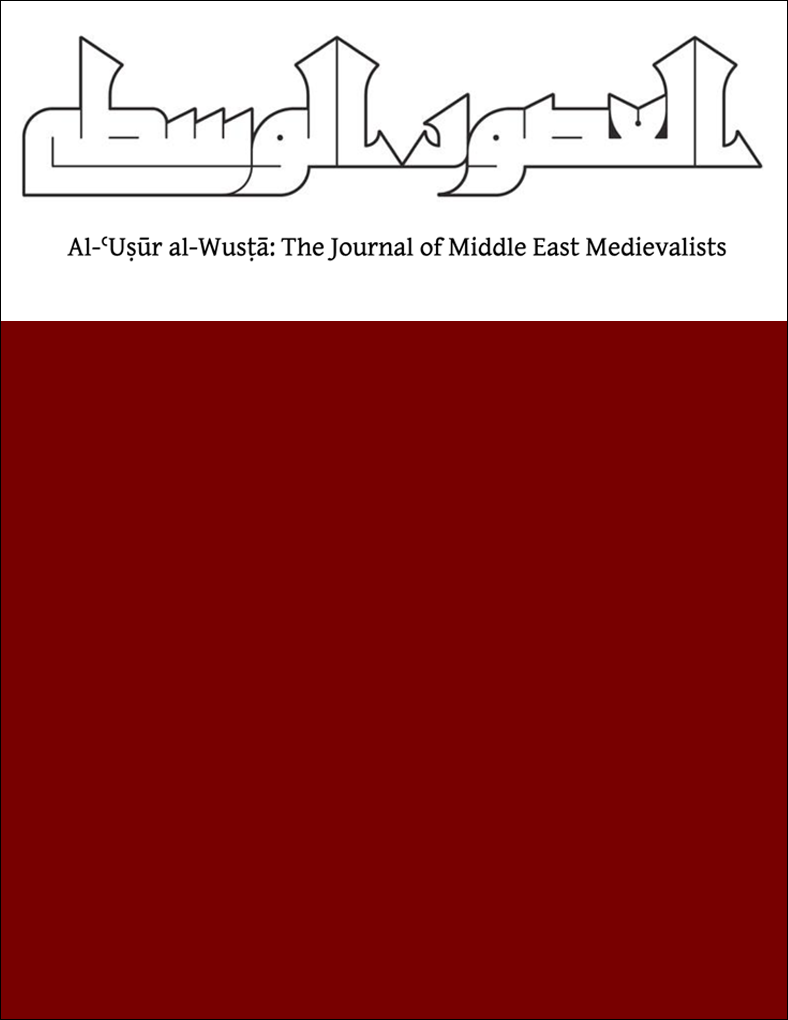Abstract
The carnivalesque poetics of the “rogue lyrics” (qalandariyyāt) of medieval Sufi poetry have excited the interest of varied audiences since premodern times. This attention is not surprising: these poems' purported celebration of proscribed actions, antinomian figures, and even apostasy shocks readers and demands interpretation. Many Sufi interpreters, followed by a substantial group of contemporary scholars, have read the carnivalesque imagery of such poetry as an esoteric symbolic code that must be explicated through the Sufi hermeneutic tradition. Other scholars, largely approaching these poems from the perspective of the history of Sufism, have sought to understand this poetry’s relationship with the historical antinomian groups of the medieval Islamic world. What has been lost in these discussions, however, is an understanding of the qalandariyyāt’s poetics and its function within the larger early Persian genre system. This study focuses on elucidating the “poetics of the Sufi carnival” through an exploration of how the qalandariyyāt constructs its heterotopic poetics in its parody of ascetic-homiletic (zuhdiyyāt-mawʿiẓa) and panegyric (madḥiyyāt) poetry. The qalandariyyāt operates as a countergenre, but not in the singular. Subsumed under this broad generic umbrella are multiple subgenres—a point that also illustrates the considerable complexity and historical specificity of the early Persian genre system.

This work is licensed under a Creative Commons Attribution-NonCommercial-NoDerivatives 4.0 International License.
Copyright (c) 2022 Matthew Miller

